Home>Garden Essentials>Who Made Seed Drill
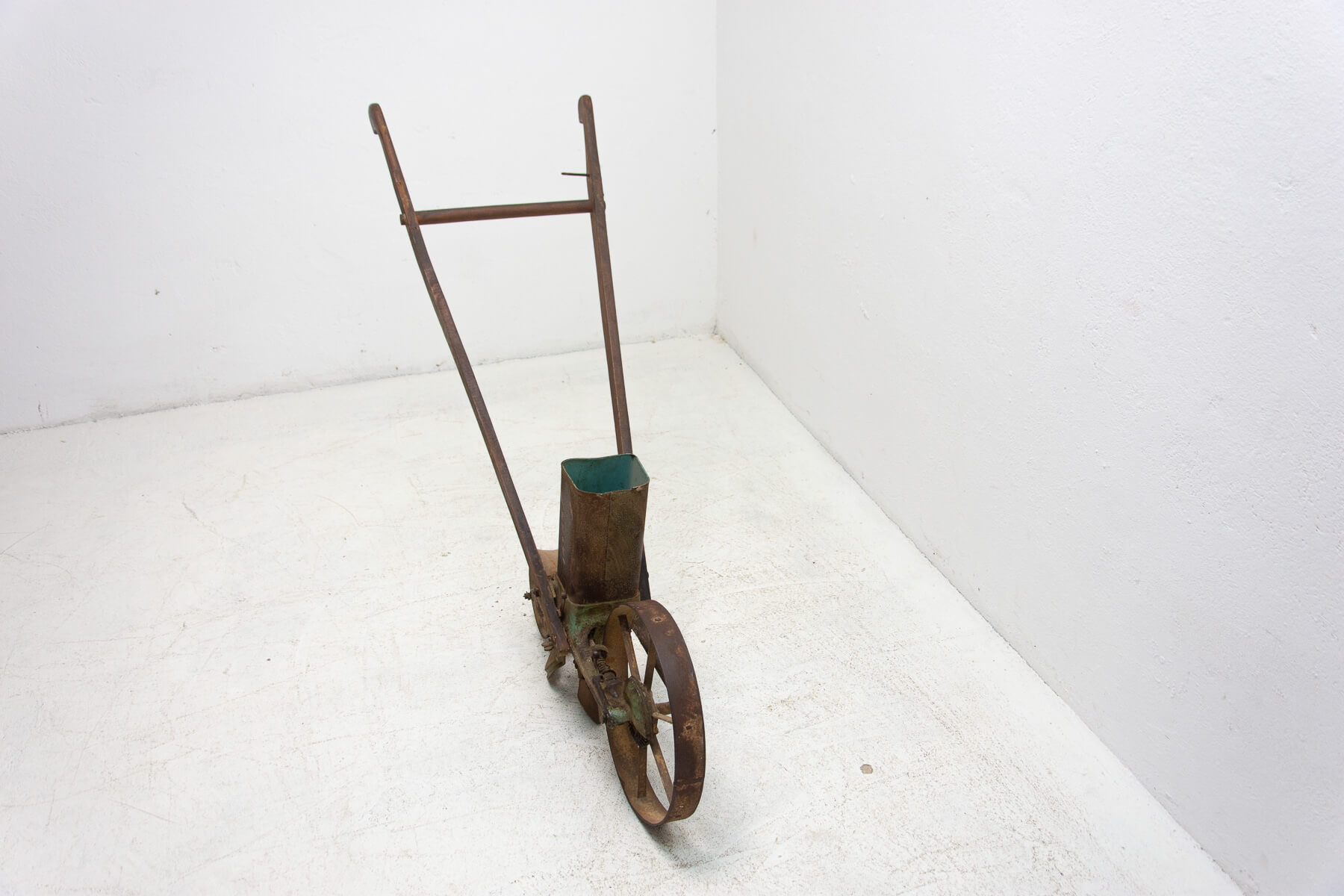

Garden Essentials
Who Made Seed Drill
Modified: March 15, 2024
Discover the genius behind the garden seed drill, a revolutionary invention that transformed the way we sow seeds. Explore the history and significance of this groundbreaking tool.
(Many of the links in this article redirect to a specific reviewed product. Your purchase of these products through affiliate links helps to generate commission for Storables.com, at no extra cost. Learn more)
Introduction:
Welcome to the world of gardening! Whether you are a seasoned gardener with a green thumb or a newbie just starting out, understanding the tools and techniques that have shaped the gardening industry is essential. One such innovative tool that revolutionized the way seeds were planted is the seed drill.
In this article, we will delve into the history, invention, and impact of the seed drill. We will explore the ingenious minds behind its creation and examine its significance in transforming the world of agriculture. So, let’s dive in and unearth the fascinating story behind the seed drill!
But first, what exactly is a seed drill? Put simply, a seed drill is a mechanical device used to evenly and precisely sow seeds into the soil at a controlled depth and spacing. Before the invention of the seed drill, farmers had to manually scatter seeds by hand, resulting in uneven distribution and wastage. The seed drill revolutionized this process, making it more efficient, productive, and cost-effective.
Now that we have a basic understanding of what a seed drill is, let’s take a step back in time and explore its historical roots.
Key Takeaways:
- The seed drill, invented by Jethro Tull, revolutionized farming by automating seed planting, increasing efficiency, and improving crop yields in the 18th century.
- Innovators like John Deere and James Small further improved the seed drill, paving the way for modern agricultural technologies and sustainable farming practices.
Read more: Who Made Crop Rotation? AP World
History of the Seed Drill:
The concept of mechanized seed planting dates back thousands of years. Ancient civilizations, such as the Chinese and Egyptians, developed simple handheld devices to aid in the sowing of seeds. However, it was not until the 18th century that the seed drill as we know it today began taking shape.
In the early 1700s, Jethro Tull, an English agricultural pioneer, made profound contributions to the field of farming. He observed the inefficiencies of traditional broadcasting methods and set out to find a solution. Tull’s first innovation was the creation of a horse-drawn hoe, which allowed for more efficient weed control and seedbed preparation.
Building upon this initial success, Tull then turned his attention to improving the process of seed distribution. In 1701, he developed the “drill plough,” which marked a significant advancement in sowing techniques. The drill plough consisted of a series of rotating wheels that created furrows in the soil, while simultaneously dropping seeds at regular intervals.
Tull’s seed drill had several key features that set it apart from previous inventions. It utilized a hopper to hold the seeds, which were then fed through a series of tubes and evenly distributed into the furrows. The depth of planting could be adjusted, allowing for optimal germination and growth. Additionally, Tull’s design incorporated a covering mechanism, which ensured that the seeds were adequately protected and positioned in the soil.
Tull’s seed drill quickly gained popularity among farmers in England and beyond. Its efficiency, precision, and time-saving capabilities were widely recognized. By eliminating the need for manual seed distribution, farmers could now cover larger areas of land in a shorter period, boosting productivity and crop yields.
Although Tull’s seed drill was a game-changer, it was not without its limitations. The technology of the time limited the size and practicality of the equipment. Additionally, the seed drill was primarily designed for sowing wheat, barley, and other small grains, and was not well-suited for larger seeds or different soil types.
Despite these drawbacks, Tull’s seed drill laid the foundation for future innovations in seed sowing technology. It sparked the imaginations of countless inventors and agricultural enthusiasts who sought to improve upon its design and functionality.
Now that we have explored the history of the seed drill, let’s dive into the specific details surrounding its invention.
Invention of the Seed Drill:
The invention of the seed drill can be attributed to Jethro Tull, an English agricultural pioneer, in the early 18th century. Tull was driven by a deep passion for improving farming methods and increasing agricultural productivity. His innovative approach led him to develop the seed drill, a revolutionary device that forever changed the way seeds were sown.
Tull’s inspiration for the seed drill stemmed from his observations of the inefficiencies and inconsistencies in traditional hand broadcasting methods. He recognized that scattering seeds by hand resulted in uneven distribution, leading to wasted seeds and reduced crop yields. He saw the need for a more precise and efficient method of seed planting.
In 1701, Tull built upon his earlier invention, the horse-drawn hoe, and developed the first version of the seed drill. This innovative machine consisted of a series of rotating wheels that created furrows in the soil, while simultaneously dropping seeds at regular intervals.
One of the key features of Tull’s seed drill was the hopper, a container that held the seeds. The hopper was positioned above the rotating wheels, allowing seeds to be fed through a system of tubes and released into the furrows. Tull’s design also included an adjustable mechanism that controlled the depth at which the seeds were planted, ensuring optimal growth conditions.
Another important aspect of Tull’s seed drill was the covering mechanism. After the seeds were dropped into the furrows, a covering mechanism, typically in the form of a harrow or rake, would pass over the top, gently covering the seeds with soil. This protective covering helped to prevent seed damage, optimize moisture retention, and facilitate germination.
The invention of the seed drill brought numerous benefits to farmers. Prior to its introduction, sowing seeds by hand was a labor-intensive and time-consuming task. The seed drill revolutionized this process by automating seed distribution, allowing farmers to cover larger areas of land in less time. This increase in efficiency not only saved labor but also enhanced productivity and crop yields.
Tull’s seed drill was particularly successful in sowing small grains such as wheat and barley. Its precise and even distribution of seeds ensured optimal spacing, resulting in uniform growth patterns and improved crop quality. The ability to control the depth of planting also provided better access to nutrients and moisture, leading to healthier and more resilient plants.
The invention of the seed drill marked a significant step forward in agricultural technology. It provided a template for subsequent advancements in seed sowing machinery and set the stage for the mechanization of farming practices. Today, modern seed drills incorporate sophisticated features such as GPS technology and automatic seed rate control, further enhancing efficiency and precision.
As we delve deeper into the history of the seed drill, it becomes evident that Tull’s invention laid the groundwork for the advancements we see in the field of agriculture today. Now, let’s turn our attention to the individuals who contributed to the evolution of this remarkable device.
The seed drill was invented by Jethro Tull, an English agricultural pioneer, in 1701. It revolutionized farming by allowing seeds to be planted in rows at a consistent depth, leading to higher crop yields.
Seed Drill Innovators:
While Jethro Tull is widely recognized as the inventor of the seed drill, there have been several innovators throughout history who have made significant contributions to its development and refinement. These individuals built upon Tull’s initial design, introducing new features and improvements that have shaped the seed drill into the versatile and efficient machine we know today.
One such innovator was John Deere, an American blacksmith and inventor. In the 1830s, Deere recognized the limitations of the seed drill in handling different soil types and seed sizes. He introduced the concept of interchangeable seed plates, which allowed farmers to adjust the size of the seed holes and accommodate a wider variety of seeds. This breakthrough made the seed drill more versatile and adaptable to various planting needs.
Another notable name in the world of seed drills is James Small, a Scottish engineer and inventor. In the late 18th century, Small made significant improvements to the design of the seed drill, focusing on its distribution mechanism. He introduced a rotating cylinder with pockets that precisely measured and released seeds at regular intervals. His innovation brought a remarkable level of accuracy and consistency to seed distribution, ensuring optimal seed-planting patterns.
Later in the 19th century, seed drill innovators faced the challenge of adapting the technology to large-scale farming operations. F.W. Holmes, an American inventor, addressed this issue by designing a larger and more robust seed drill that could be pulled by multiple horses or even steam-powered tractors. His invention allowed farmers to cover vast stretches of land more efficiently, making the seed drill practical for industrial-scale agriculture.
Fast forward to modern times, and we see continuous innovation in seed drill technology. Companies like John Deere, Case IH, and Great Plains Manufacturing have further refined the design and functionality of the seed drill. They have incorporated advanced mechanisms for seed singulation, precise seed depth control, and even variable rate seed planting technology based on specific field conditions.
Additionally, advancements in GPS technology have enabled the development of precision seed drills. These high-tech machines utilize geolocation data to precisely guide seed placement, ensuring maximum seed-to-soil contact and minimizing waste.
The contributions of these innovators have propelled the seed drill from its humble beginnings to a sophisticated agricultural tool. Their dedication to improving seed distribution methods and increasing efficiency has had a profound impact on the farming industry, enabling farmers to maximize productivity while conserving resources.
As we reflect on the remarkable progress made in seed drill technology, it’s clear that the spirit of innovation continues to drive the development of farming equipment. Now, let’s explore the profound impact and significance of the seed drill in revolutionizing agriculture.
Impact and Significance of the Seed Drill:
The invention of the seed drill marked a turning point in agricultural practices, revolutionizing the way seeds were sown and transforming the efficiency and productivity of farming. The impact and significance of the seed drill cannot be overstated, as it brought about numerous benefits and advancements in agriculture. Let’s explore the key impacts of this remarkable device.
Increased Efficiency: Prior to the seed drill, farmers had to scatter seeds by hand, a labor-intensive and time-consuming process. The seed drill automated this task, allowing for more efficient and faster seed distribution. Farmers could cover larger areas of land in less time, thus increasing their productivity and saving on labor costs.
Precise and Consistent Seed Placement: By using the seed drill, seeds were sown uniformly and at controlled depths and spacing. This precision ensured optimal seed-to-soil contact, improving germination rates and reducing competition between plants. The consistent seed placement also allowed for more efficient use of resources such as water, nutrients, and sunlight.
Optimized Crop Yields: The even distribution and controlled depth of seed planting facilitated uniform growth, resulting in more homogenous crop stands. This consistency in plant growth increased the overall yield of the crops. Farmers could also achieve better crop quality and reduced crop losses due to more efficient weed control and reduced seed wastage.
Facilitated Crop Rotation: The seed drill made it easier for farmers to practice crop rotation, a crucial technique for maintaining soil fertility and minimizing pests and diseases. By precisely planting different crops in designated areas, farmers could effectively manage crop rotations and maximize yields over time.
Increased Scale of Farming: The efficiency and speed of the seed drill allowed farmers to expand their operations and cultivate larger areas of land. With the ability to cover more ground, farmers could meet the growing demand for food and raw materials in rapidly expanding populations. The seed drill played a crucial role in enabling the transition from subsistence farming to commercial agriculture.
Foundation for Modern Agricultural Technologies: The seed drill laid the foundation for subsequent advancements in agricultural machinery and technology. Innovations such as automatic seed rate control, GPS guidance systems, and precision agriculture owe their existence to the seed drill. This device revolutionized the way farmers approach planting and set the stage for the mechanization of various farming practices.
The significance of the seed drill extends beyond its immediate impact on farming practices. It represents a major breakthrough in agricultural technology, marking a shift towards more efficient and sustainable methods of cultivation. The seed drill paved the way for further advancements in seed sowing, crop management, and mechanized agriculture, contributing to increased food production and improved global food security.
As we conclude our exploration of the impact and significance of the seed drill, it’s crucial to appreciate the ingenuity and vision of the inventors and innovators who shaped its development. The seed drill stands as a testament to human innovation and its potential to revolutionize traditional practices, making way for a more productive and sustainable future.
Read more: What Is The Seed Drill
Conclusion:
The seed drill has undoubtedly left an indelible mark on the world of agriculture. From its humble beginnings with Jethro Tull in the 18th century to the sophisticated machines of today, the seed drill has transformed the way seeds are sown, leading to increased efficiency, improved yields, and sustainable farming practices.
Through the ingenious design and innovations of individuals such as John Deere, James Small, and F.W. Holmes, the seed drill has evolved into a versatile and precise agricultural tool. These innovators recognized the limitations of earlier designs and worked tirelessly to improve them, ultimately revolutionizing the way that farmers plant their crops.
The seed drill’s impact goes beyond increased efficiency and optimized crop yields. It has set the stage for the development of modern agricultural technologies, such as GPS-guided seed placement and variable rate seed planting. These advancements enable farmers to implement precision agriculture practices, minimizing waste and maximizing resource utilization.
Additionally, the seed drill has facilitated the practice of crop rotation, a vital technique for maintaining soil fertility and pest control. By enabling farmers to precisely sow different crops in designated areas, the seed drill has contributed to sustainable farming methods and long-term land stewardship.
Moreover, the seed drill has played a crucial role in the expansion of farming operations from subsistence to commercial agriculture. Its efficiency and scalability have allowed farmers to meet the growing demand for food and resources in an increasingly populous world.
As we reflect on the impact and significance of the seed drill, we must recognize the remarkable ingenuity of the inventors and innovators who have shaped its development. Their tireless efforts and passion for improving farming practices have provided the foundation for the advancement of agricultural technology.
In conclusion, the seed drill stands as a testament to the power of human innovation and its ability to transform traditional practices. It has revolutionized the way seeds are sown, increasing efficiency, optimizing crop yields, and paving the way for sustainable and productive agriculture. As we move forward, it is essential to continue building upon the seed drill’s legacy, embracing new technologies, and further enhancing farming practices to meet the challenges of the future.
Frequently Asked Questions about Who Made Seed Drill
Was this page helpful?
At Storables.com, we guarantee accurate and reliable information. Our content, validated by Expert Board Contributors, is crafted following stringent Editorial Policies. We're committed to providing you with well-researched, expert-backed insights for all your informational needs.
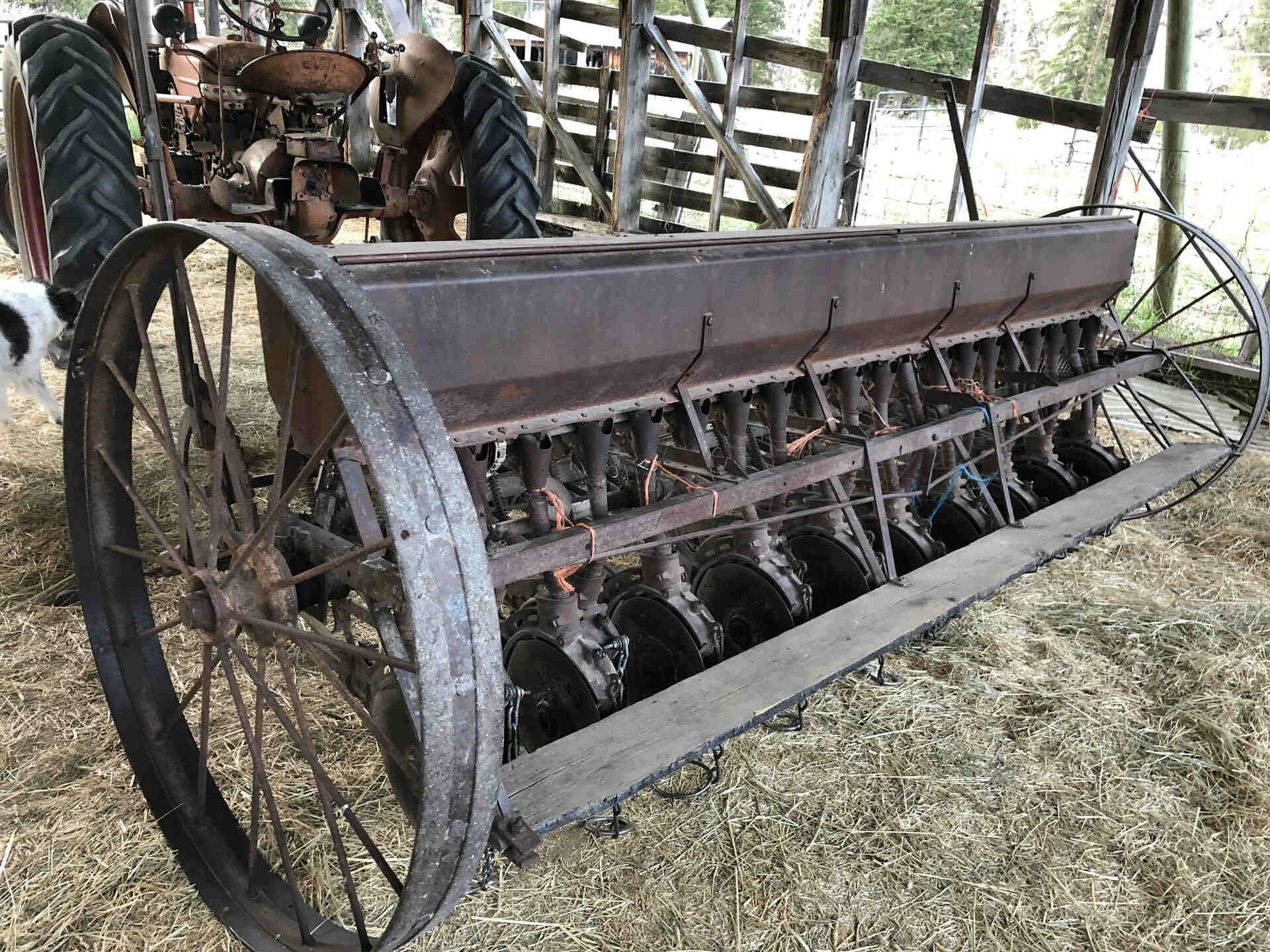
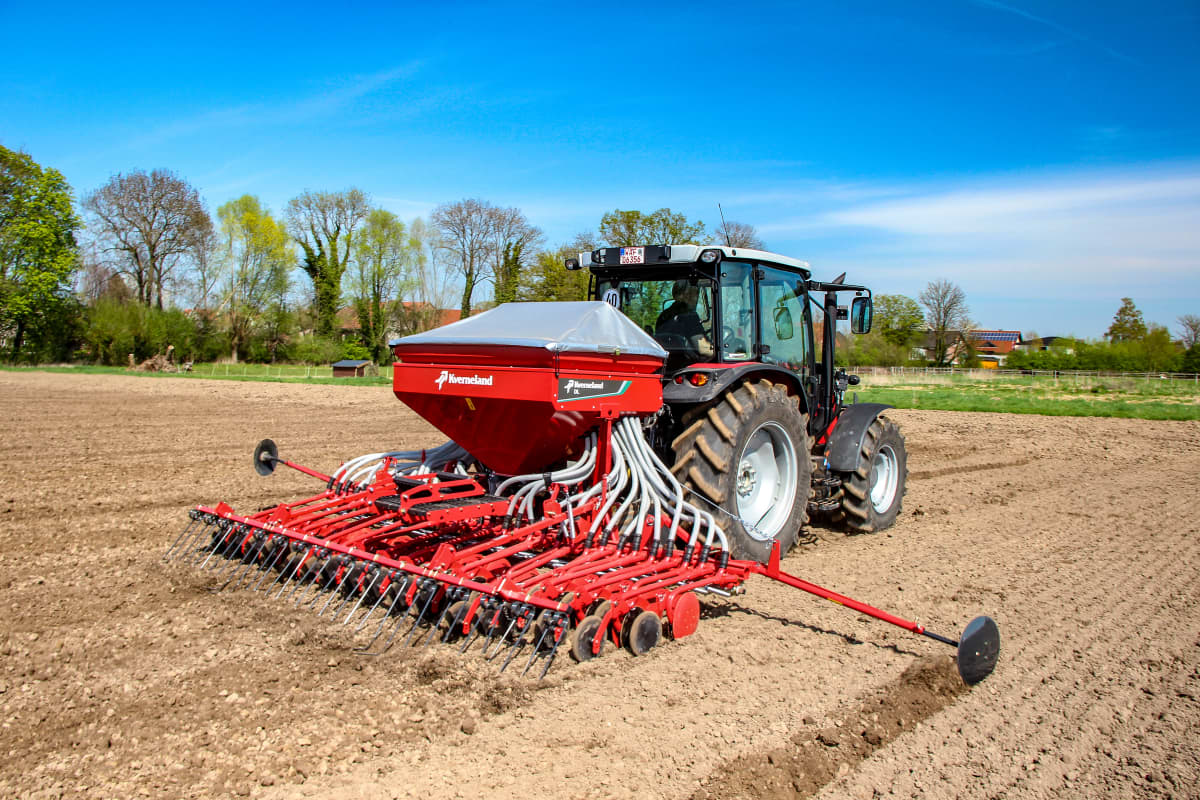
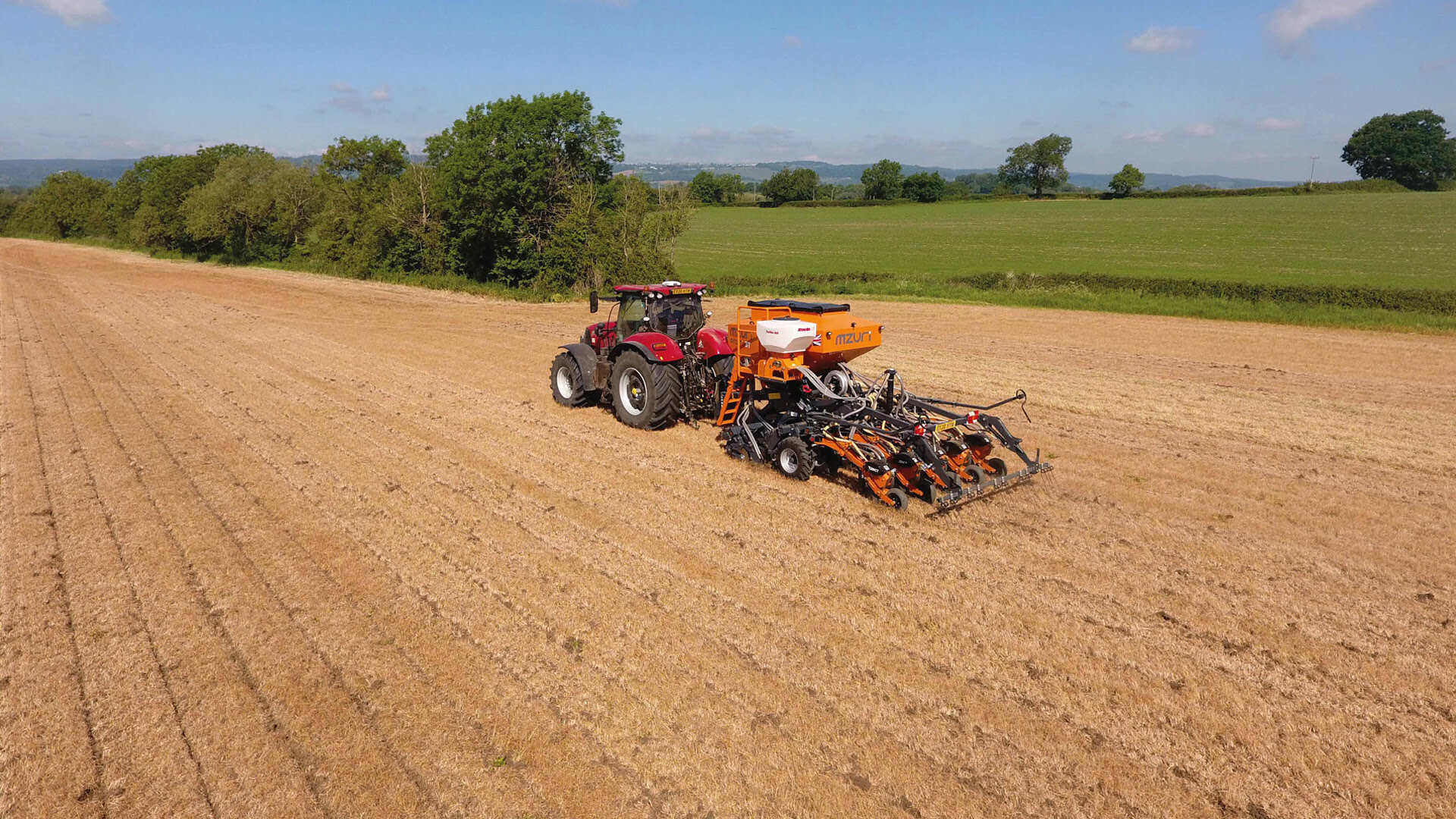

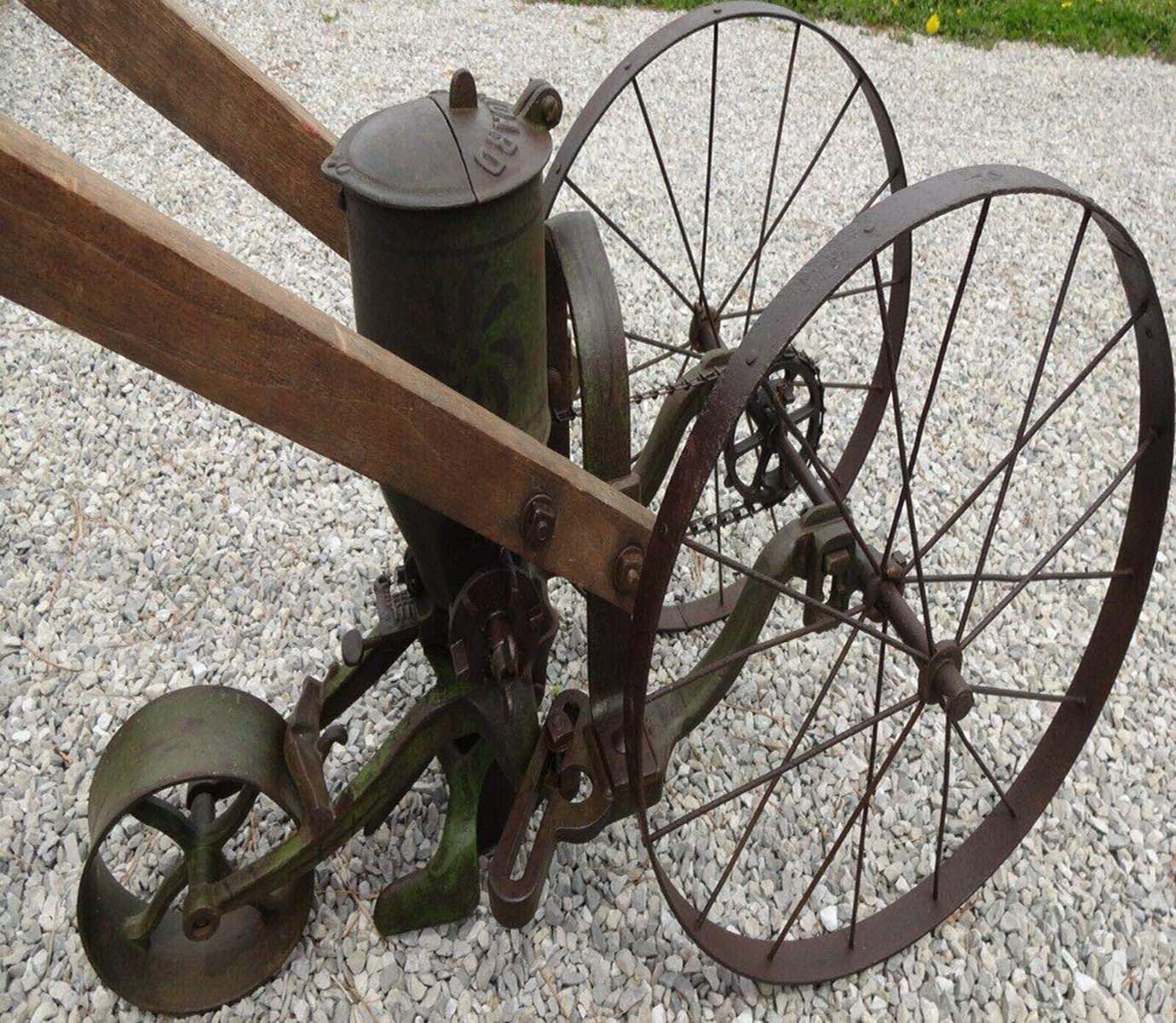

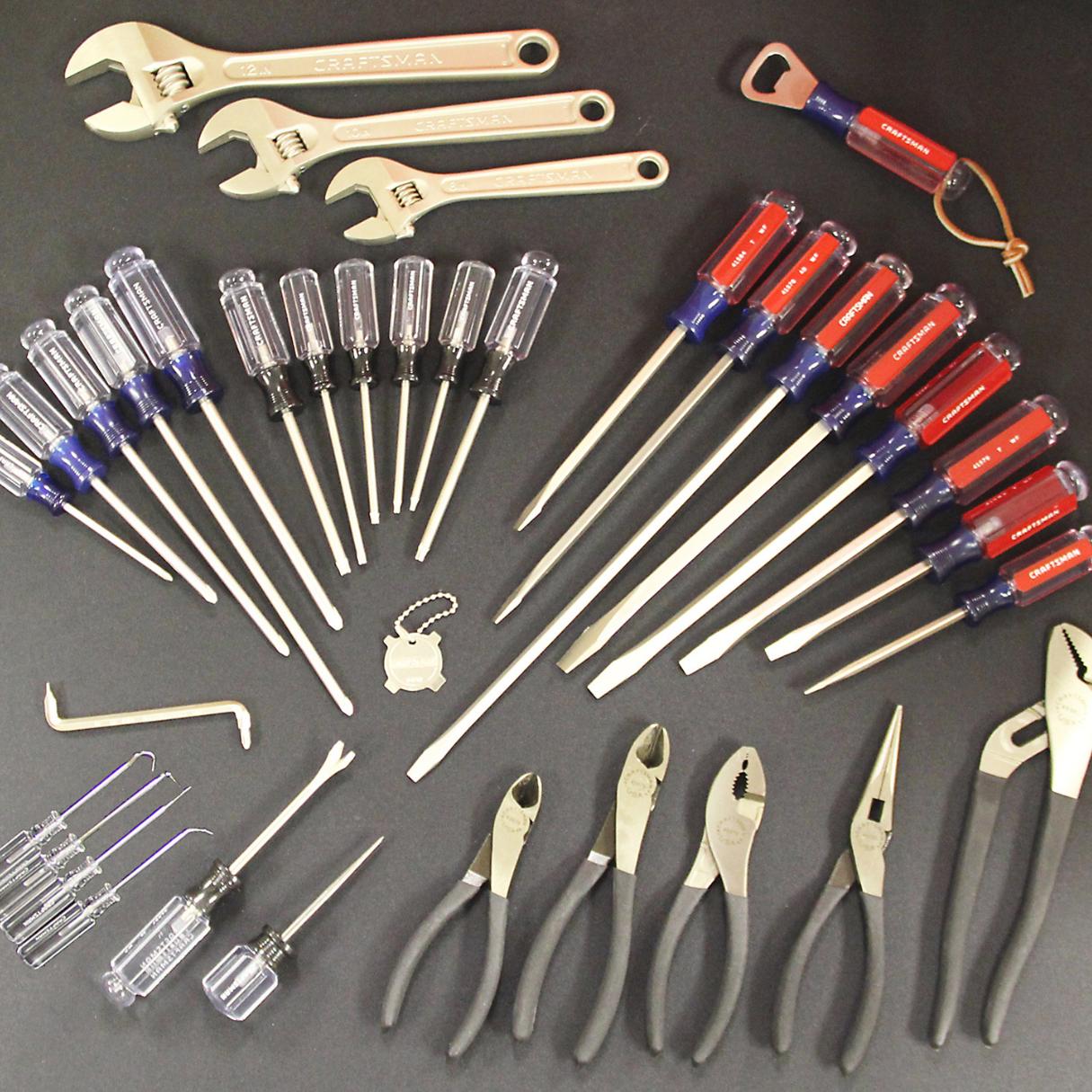
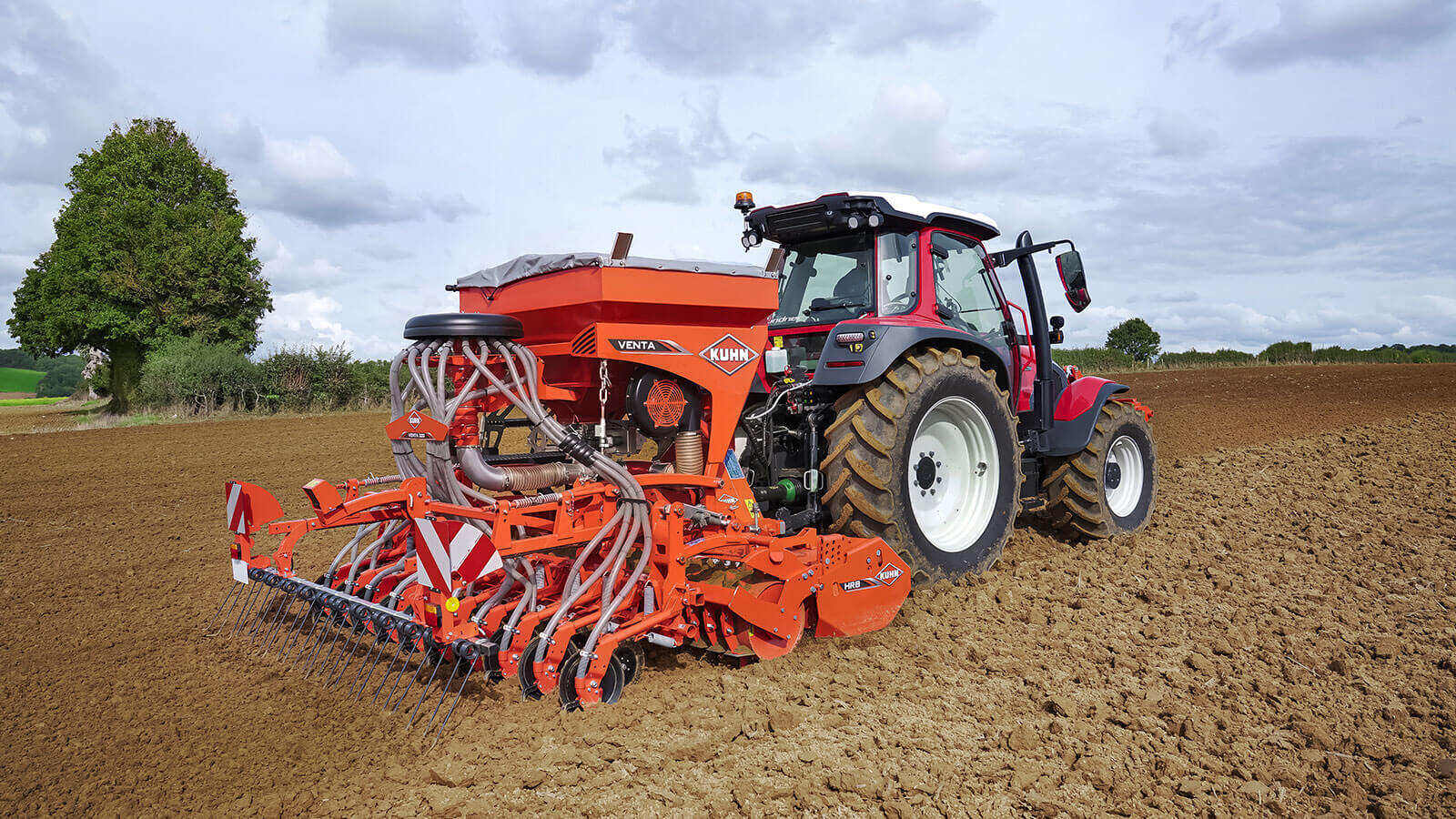
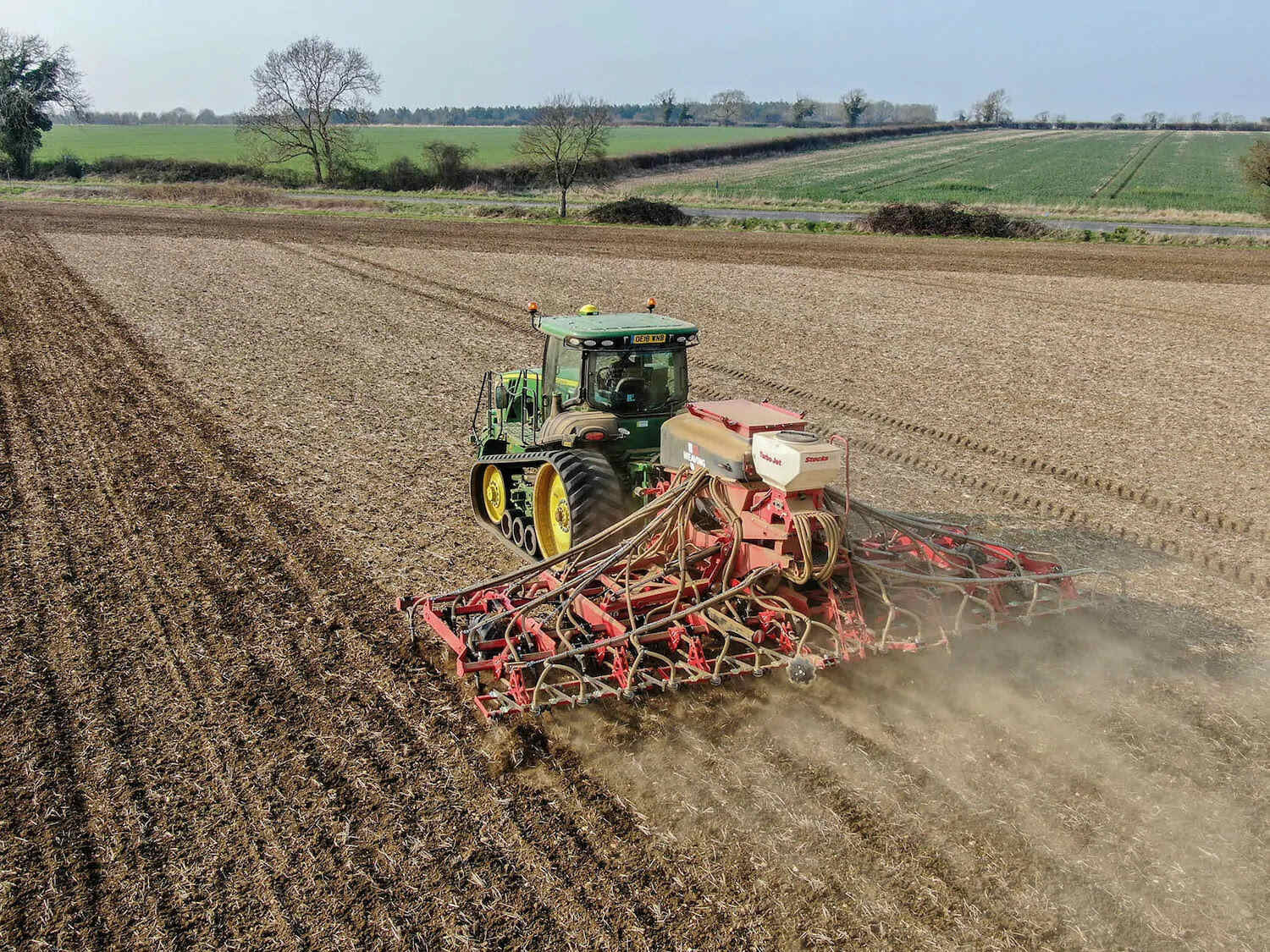
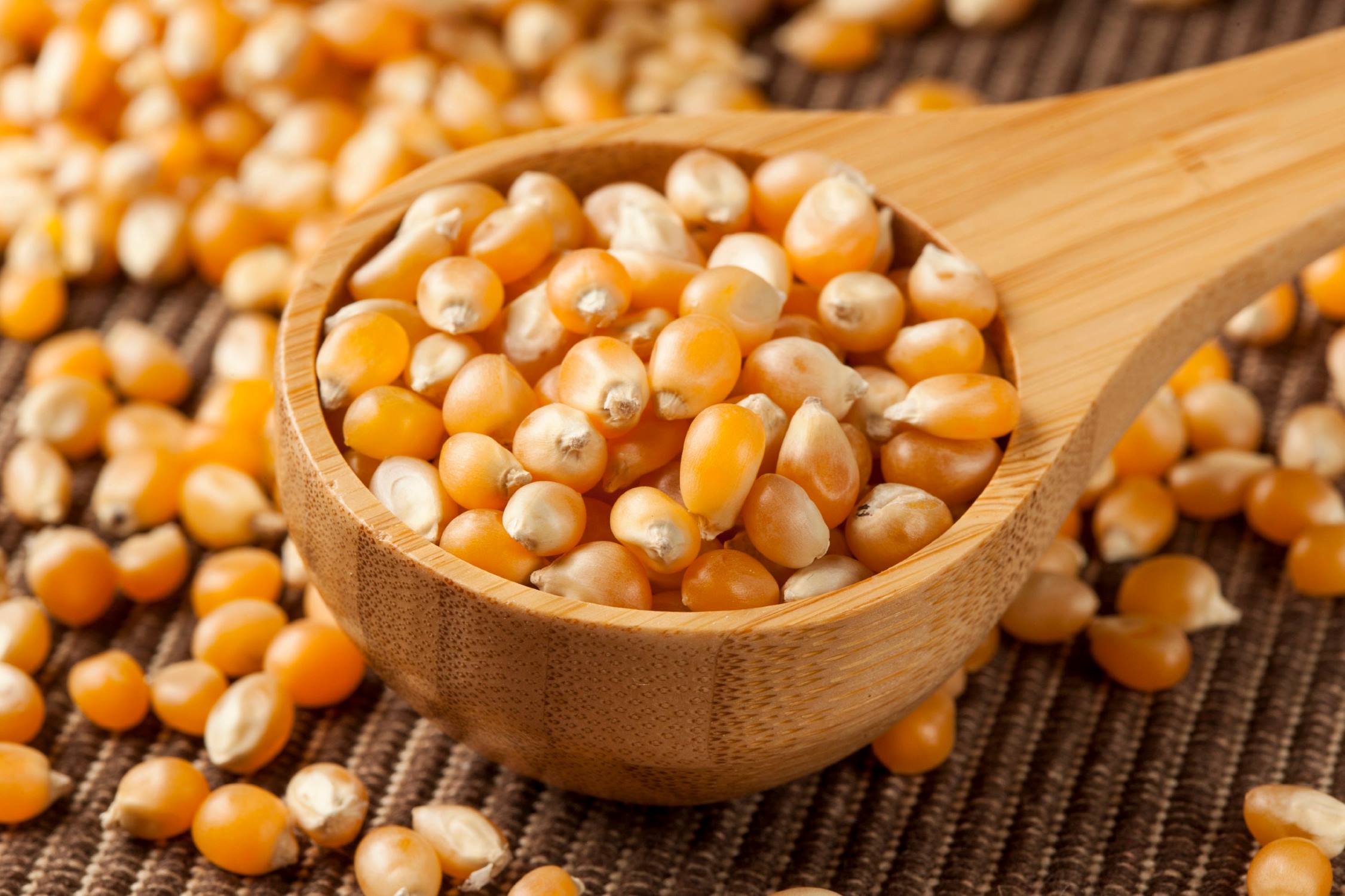
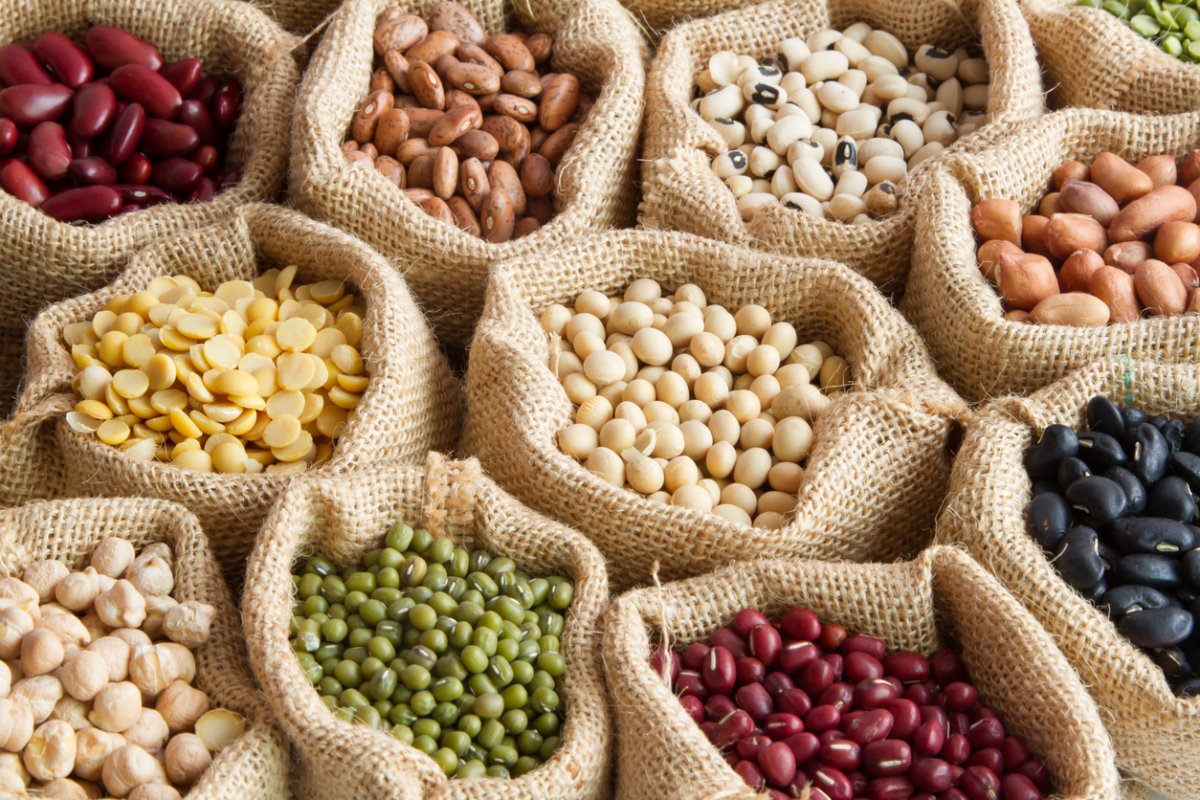
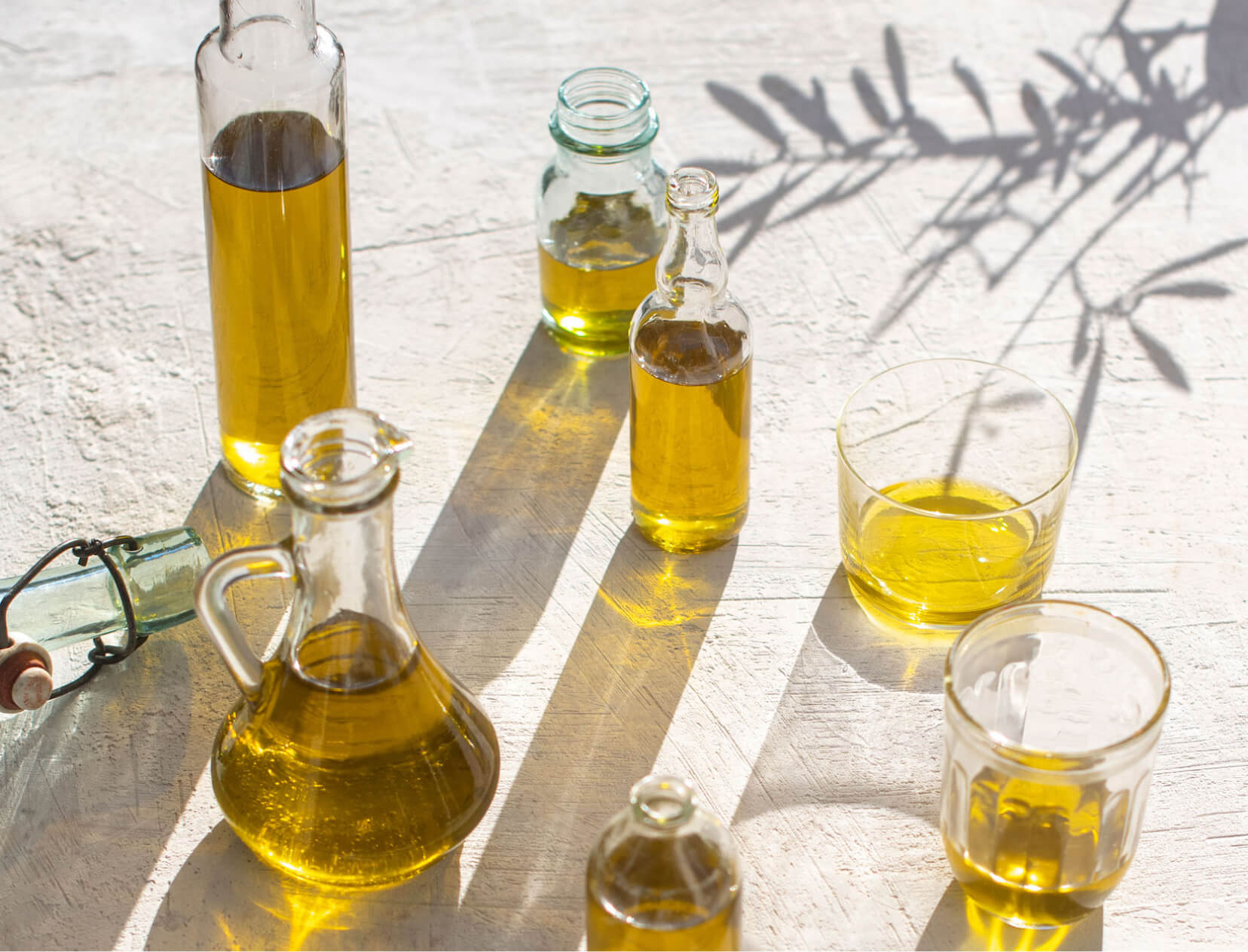
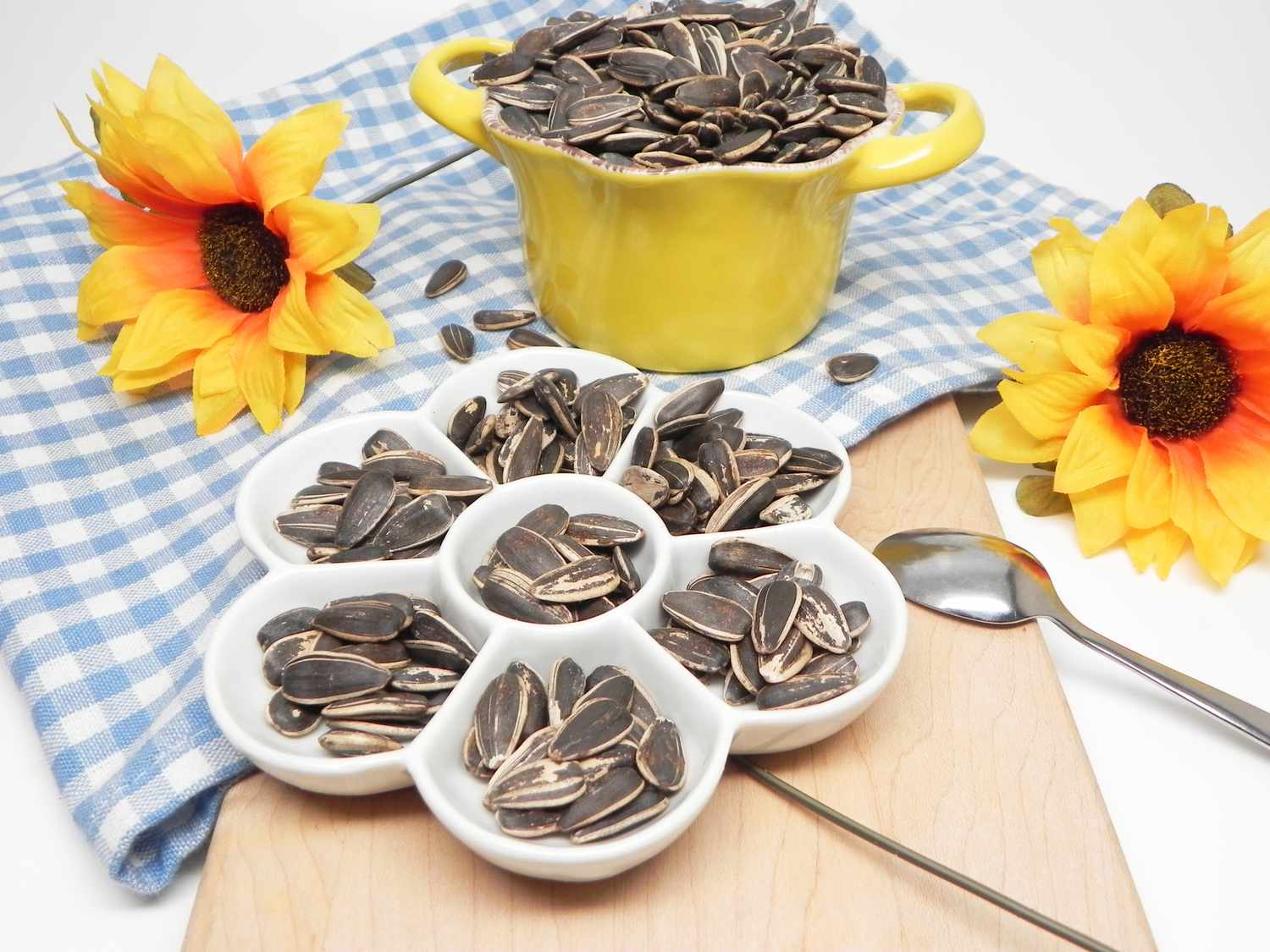
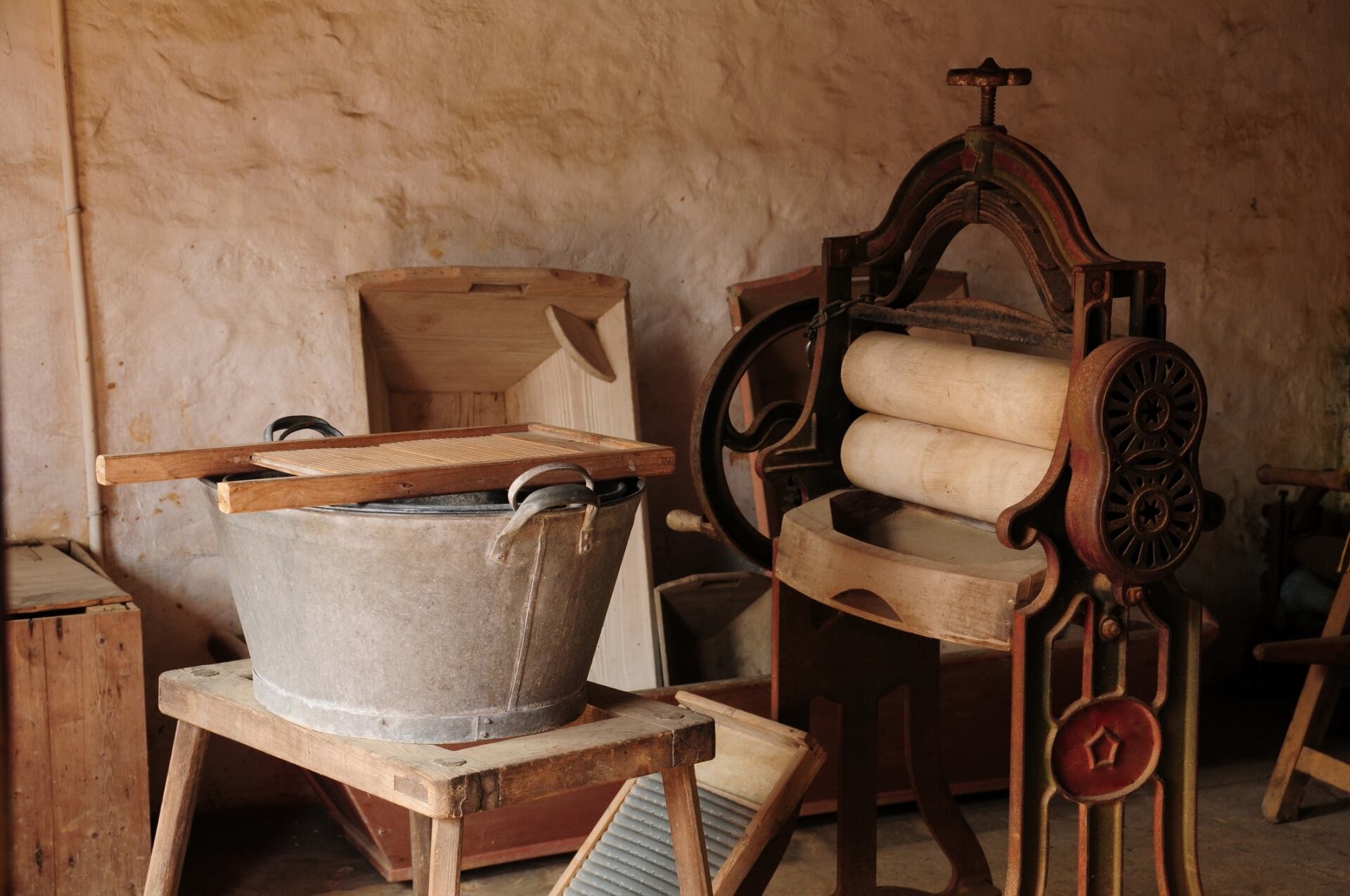

0 thoughts on “Who Made Seed Drill”